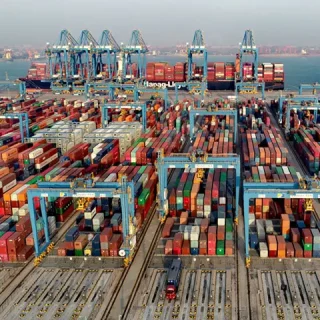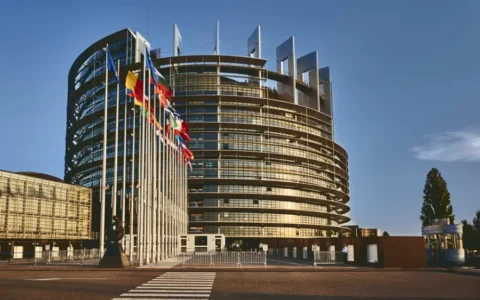President Donald Trump has revived a sweeping idea early in his second term: eliminate income taxes and fund the U.S. government through tariffs. Speaking after Pope Francis’ funeral in Rome, Trump said, “We’re going to make a lot of money, and we’re going to cut taxes for the people of this country… We may do a complete tax cut, because I think the tariffs will be enough to cut all of the income tax.”
While appealing in theory—after all, no one enjoys paying income taxes—the math behind Trump’s proposal presents major hurdles. To replace the approximately $3 trillion generated annually by income taxes, tariffs would need to be drastically increased. Given that U.S. imports also total around $3 trillion annually, tariffs would need to average at least 100% across all imported goods.
Currently, the effective U.S. tariff rate stands at 22.8%, already the highest among developed countries. Economists like Torsten Slok of Apollo Global Management argue that quadrupling tariffs would likely crush consumer demand, drive prices sky-high, and risk a severe recession.
The Economic Challenge
Higher prices would inevitably reduce demand, meaning fewer goods imported and less tariff revenue collected. As Erica York of the Tax Foundation notes, even existing tariffs, estimated to bring in just $170 billion annually, fall far short of replacing federal income tax revenues.
To fully replace income taxes, Slok estimates tariffs might need to reach 200%, which would cause imported goods’ prices to skyrocket. Not only would this be economically disastrous for consumers, but it would disproportionately hurt lower- and middle-income Americans by replacing a progressive tax system with a regressive one. “It’s mathematically impossible,” York said, emphasizing the massive impact such a plan would have on affordability.
Political and Practical Barriers
Even if the math worked, eliminating income taxes would require an act of Congress—a monumental political hurdle with little apparent support. Trump has suggested beginning with tax cuts for Americans earning under $200,000 annually, but full elimination remains a distant goal.
Moreover, higher tariffs are designed in part to encourage domestic production. If companies shift operations back to the U.S. and imports decline sharply, tariff revenue would dry up even faster. Trump’s remarks highlight this paradox: the 145% tariff placed on most Chinese goods has virtually frozen U.S.-China trade, meaning no revenue is being collected from those tariffs.
Debt and Other Priorities
Trump acknowledged that tariffs wouldn’t just replace income taxes; they would also be used to tackle America’s national debt. “We have a lot of debt that’s been left to us,” he said. “We’ll take care of that with the tariffs.”
However, businesses’ income taxes account for just 6% of total U.S. tax revenue compared to 41% from individuals, according to the Tax Foundation. Trump’s broader agenda also includes cutting corporate taxes, making it even less likely that businesses could fill the funding gap.
Commerce Secretary Howard Lutnick has promoted the idea of an “External Revenue Service,” where foreign countries essentially fund the U.S. through tariffs, allowing for the dismantling of the Internal Revenue Service. Yet experts stress that the volatility and impracticality of such a system would introduce enormous risks to the U.S. economy.










